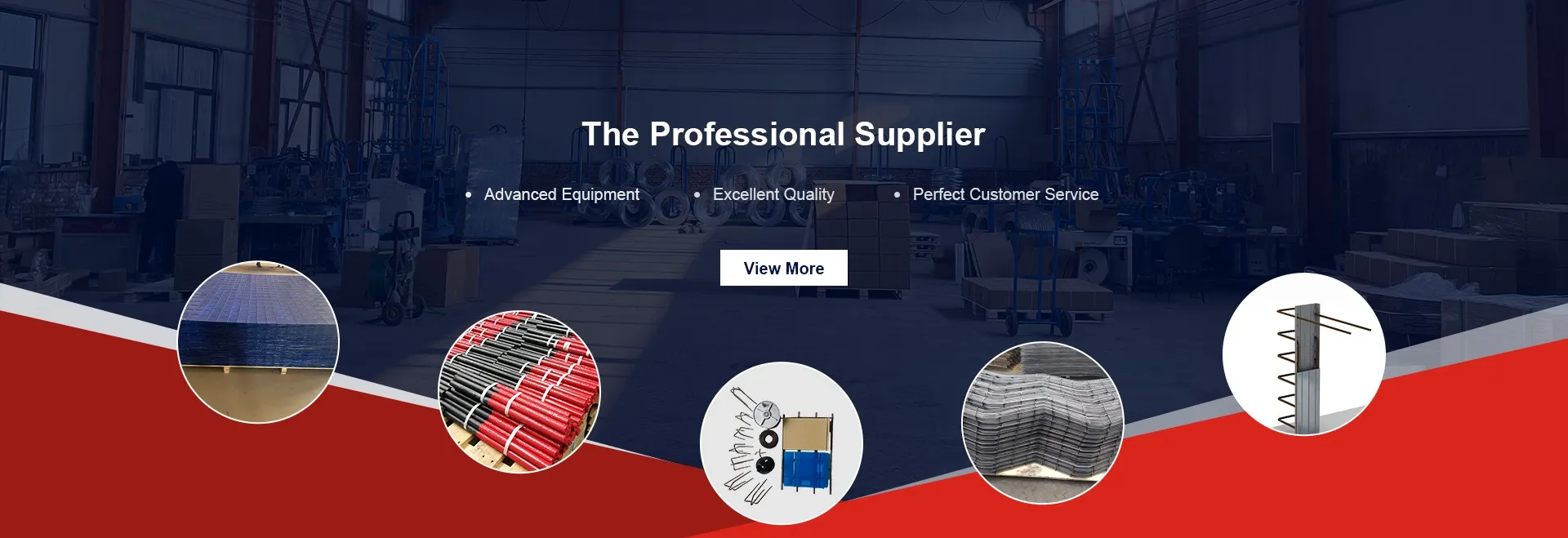
- Mobile Phone
- +8613931874955
- sales@cntcmetal.com
Durable Galvanized Welded Mesh for Multiple Applications and Enhanced Protection
Understanding Galvanised Welded Mesh A Comprehensive Overview
Galvanised welded mesh is an indispensable material used across various industries, known for its strength, durability, and versatility. This type of mesh is crafted by welding together wires in a grid pattern, which is then coated with a layer of zinc for corrosion resistance. The combination of welding and galvanisation enhances its mechanical properties, making it suitable for a myriad of applications.
One of the primary benefits of galvanised welded mesh is its resistance to rust and corrosion. The galvanisation process involves dipping the welded wire mesh in molten zinc, which forms a protective layer that shields it from environmental factors such as moisture, chemicals, and UV rays. This characteristic is especially crucial in agricultural, construction, and outdoor applications, as the mesh can withstand harsh weather conditions and prolonged exposure to the elements.
In agriculture, galvanised welded mesh is commonly used for livestock fencing, crop protection, and gardening. It provides a robust barrier against animals while allowing light and air to penetrate, which is essential for healthy plant growth. The durability of the material ensures that it can withstand the wear and tear that comes with animal interaction and environmental stressors.
In the construction industry, galvanised welded mesh serves multiple functions, including reinforcement of concrete structures
. It is often used in slabs, walls, and ceilings to enhance the structural integrity and load-bearing capabilities of concrete. The mesh is available in various sizes and wire diameters, allowing builders to select the appropriate type for their specific construction needs.galvanised welded mesh

Another significant advantage of galvanised welded mesh is its versatility in various applications. Beyond agriculture and construction, it is widely used in industries such as manufacturing, automotive, and even home improvement. For instance, it can be employed as security fencing, storage cages, or even decorative elements in landscape design. The mesh can also be customized in terms of dimensions, ensuring that it fits perfectly into any project or requirement.
The process of manufacturing galvanised welded mesh involves several steps, starting with the selection of high-quality steel wires. These wires are then fed through a welding machine, where they are joined at intersecting points to form a grid pattern. After welding, the mesh is subjected to the galvanisation process, where it is coated with molten zinc. This combination creates a robust and long-lasting product that meets the needs of various industries.
When considering the environmental impact, galvanised welded mesh is a sustainable choice. The longevity of the material means that replacements are rarely needed, which reduces waste over time. Additionally, the production process has evolved to include eco-friendly practices that minimize the carbon footprint associated with manufacturing and transporting the mesh.
In conclusion, galvanised welded mesh stands out as a reliable and durable material across various sectors. Its corrosion resistance, versatility, and mechanical strength make it an ideal choice for applications ranging from agricultural fencing to construction reinforcement. As industries continue to evolve, the demand for such resilient materials will only grow, highlighting the importance of understanding and utilizing galvanised welded mesh effectively. Whether for commercial, industrial, or domestic projects, this mesh proves time and again to be a valuable resource that champions both functionality and sustainability.
share:
-
Why Sacrificial Formwork Is Redefining Underground ConstructionNewsJun.06,2025
-
The Structural Dynamics of Modern Concrete: How Snake Spacers Revolutionize Flexible ReinforcementNewsJun.06,2025
-
Snake Spacers Smart-Lock Concrete Reinforcement with Surgical PrecisionNewsJun.06,2025
-
Snake Spacers: Reinforcement Precision for Modern Concrete ProjectsNewsJun.06,2025
-
Snake Spacers Powering Concrete's Structural DNANewsJun.06,2025
-
Slither into Success: Snake Spacers' Precision Bite for Unbreakable ReinforcementNewsJun.06,2025
-
Sacrificial Formwork: Building Stronger, Faster, and Safer StructuresNewsJun.06,2025



















